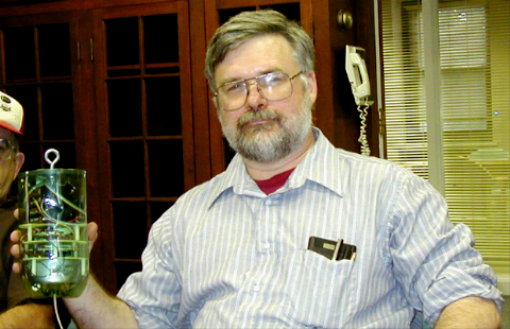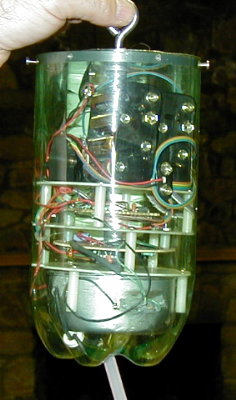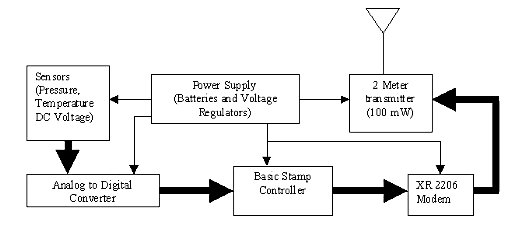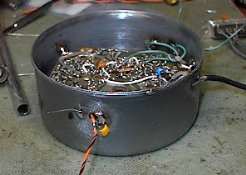
Year 2000 Flight Plans
By Tom Dawson, WB3AKD, Committee Chairman
1999 saw LARG's first High Altitude Balloon Flight
with a simple 2 meter beacon being sent aloft and tracked throughout the flight. The past year has been spent practicing radio location (foxhunting)
and in developing the next set of payloads.



